If you’re a fan of George Washington and his family, and you have a fair amount of time available, you could be very busy in Fredericksurg, Va. We are definitely interested in Washington’s role in American history, but did not have time to take in all of the many sites in the area on this trip. Here are those that we did visit (or at least stop by for a quick look).
Ferry Farm
Our first priority was getting to Ferry Farm, which upon closer inspection is actually a reproduction of Washington’s boyhood home (see cover photo). The plus side is that they allowed us to touch everything because nothing is original (you better believe that I laid down on the bed!). Of course the downside is that you’re looking at the result of a lot of mostly reasonably well-informed speculation about what the house and its furnishings looked like.
George’s family moved to the almost 600-acre farm when he was six years old in 1738, along with his father Augustine, his mother Mary, and four siblings.


The home is situated on the banks of the Rappahannock River, and must have provided a lot of adventure for a young boy. A free ferry crossed the river from the property (though not owned or operated by the family), which brought many people through the area (and thus gave the farm its name).
Unfortunately, Augustine died in 1743, leaving other properties (including Mt. Vernon) to George’s older half-brothers from Augustine’s first marriage. George inherited the farm, and continued to live there with his mother and various siblings through his early 20s. His mother continued to live at the home until 1772, when the farm and lands were sold.
Within a few decades the home was a near-ruin, and occupation of the property during the Civil War resulted in its final destruction.
Amazingly, no one had cared to preserve this site until Wal-Mart came along and wanted to build a store adjacent to the site in the 1990s. This raised enough outrage and awareness that local citizens stepped in, and the Historic Kenmore organization was able to raise funds to purchase the property.
In addition to all the ferry passengers who passed by the home, the farm was near a main Colonial-era road. As a result, lots of people passed the home on their travels, resulting in many documented accounts of what the home looked like.
This greatly aided the reconstruction efforts, along with archeological investigations that discovered the foundation and that are ongoing today.
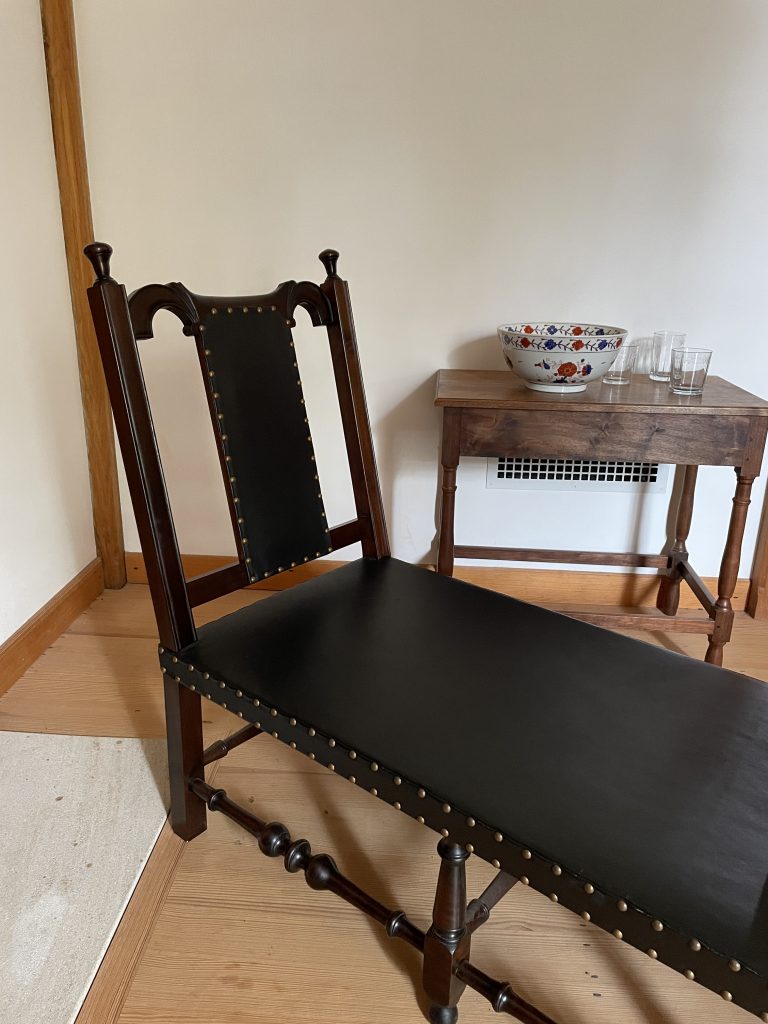
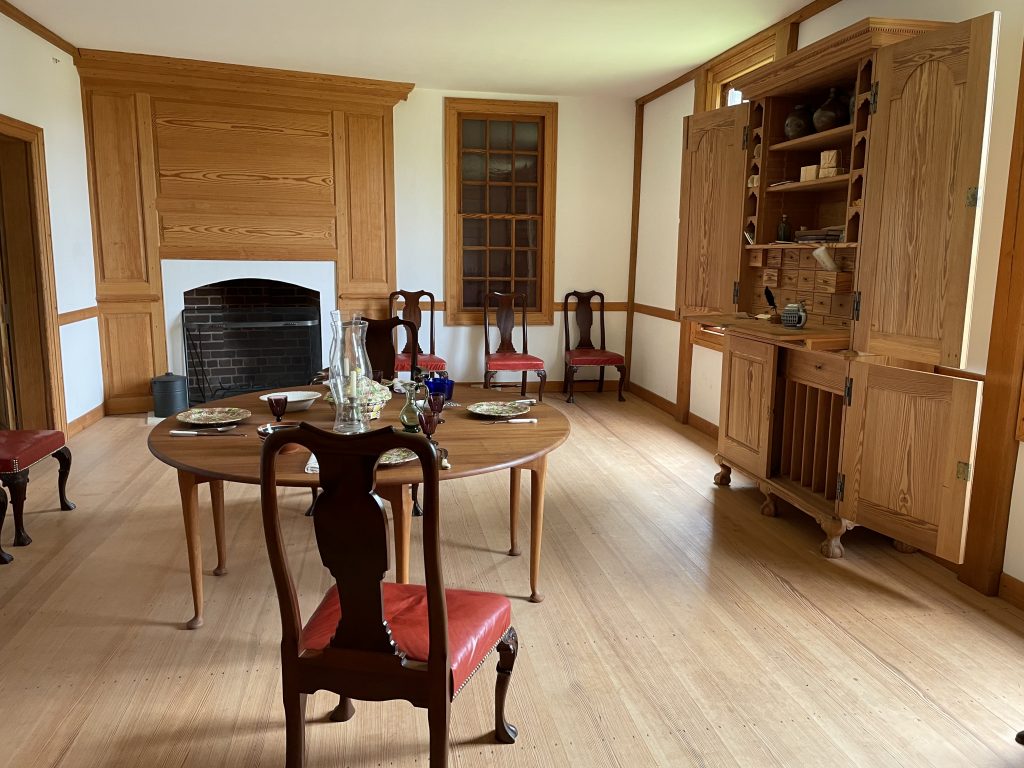
As to the interior, when George’s father Augustine passed away, a very detailed listing of every piece of furniture and all of the furnishings in the home was created. This document was a considerable help in furnishing Ferry Farm’s interior.
The farm is also the “setting” for some of the best-known stories about young George (namely chopping down a cherry tree and not lying about it, and throwing a silver dollar across the river).
These stories in particular are only fiction, created in order to sell books about America’s most famous citizen after he won the American Revolution and served as our first President.
Historic Kenmore
Historic Kenmore was next on our list. This site preserves the Georgian-style home of Washington’s sister, Betty, who obviously “married up” when she wed merchant Fielding Lewis in 1750.
The 1776 home was originally part of the 1,300-acre Kenmore plantation, though most of those acres are gone now, as are the 80 enslaved persons who helped run the estate and build the home. The home was just a few blocks from the Rapahannock River for easy access to transportation and to Lewis’s business interests.
The home is famous for its truly remarkable decorative plaster work, particularly on the ceilings. Unfortunately, no pictures are allowed inside the home, so these photos of the ceilings are not mine, as noted.


The Lewis family gave everything to the Revolutionary cause, as Fielding was enlisted by Congress to build and run factories to build arms for the Revolutionary cause. Sadly, the U.S. Congress ran out of funds and stopped paying their bills, so Lewis footed the expenses out of his own pocket. Even after the war, no compensation would be offered, putting the family into debt. Kenmore would be heavily mortgaged in support of the cause, and Lewis never reclaimed the wealth he had before the war.
The home was sold out of the Lewis family after Betty’s death in 1797.
In 1922, the current owner declared his intention to destroy the home and subdivide the land.
At that point, the local chapter of the Daughters of the American Revolution threw their weight into saving the home. They traveled the country by train and automobile, magic lantern slide show in hand, giving talks and enlisting support from women of polite society (and their wealthy husbands) all across the country.
The ladies were indeed able to raise the funds to purchase the home and restore the gardens, and it opened to the public in 1925.

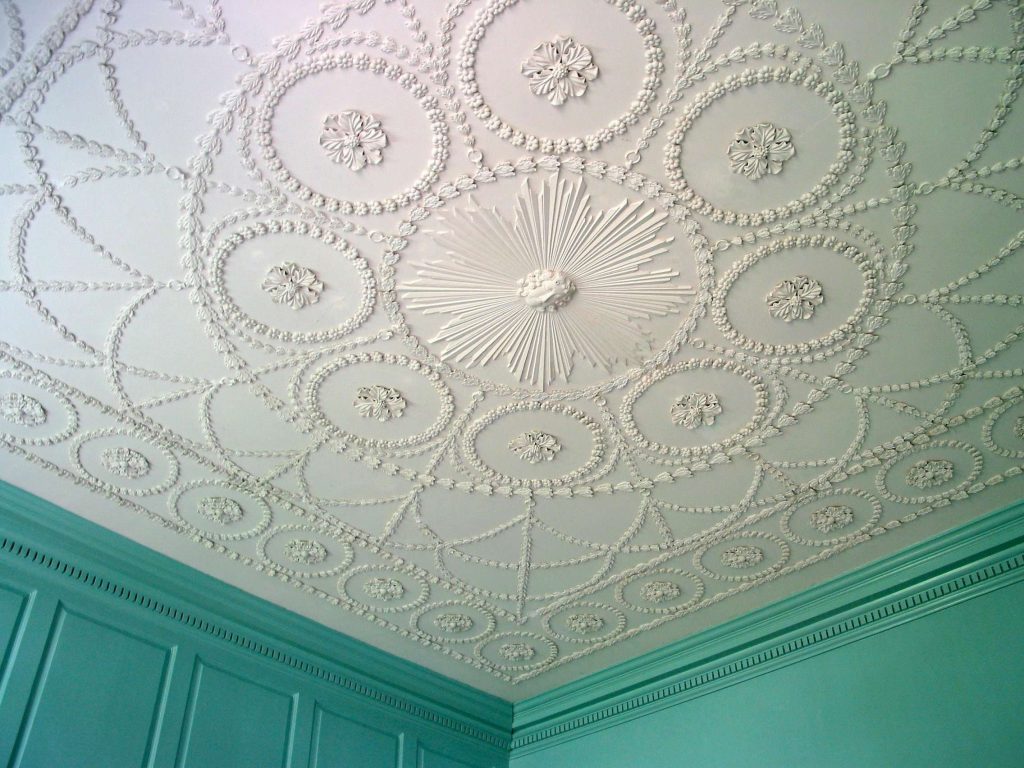
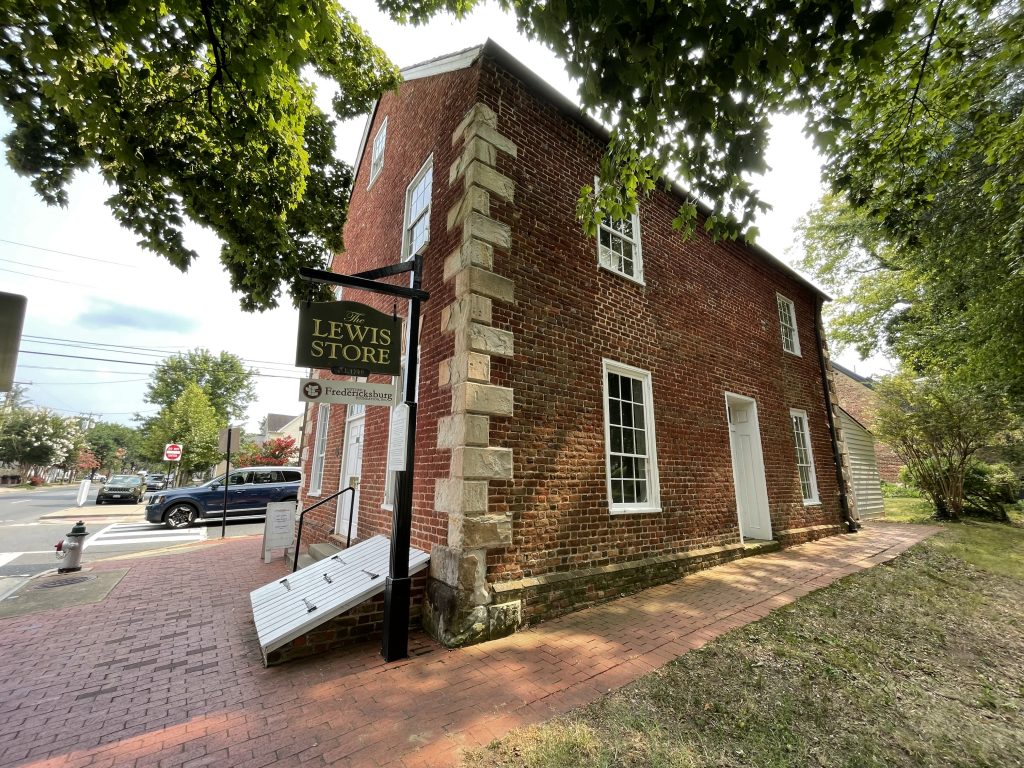
Mary Washington
Mother to the George and Betty mentioned above, plus four other children, Mary Washington spent a large part of her life in Fredericksburg. She did not remarry after Augustine died, but stayed on at Ferry Farm for a number of years. When she finally left, it was to the home her son bought for her near her daughter Betty, now known as the Mary Ball Washington House. She remained there until her death at age 80 in 1789.
We did not have time to tour the Mary Washington House, but we did walk by it. We also walked over to see her monument, which was erected in 1833 at her grave. It’s not very exciting as far as monuments go, an obelisk that is oddly built practically on top of another family’s cemetery. But it was considered important enough that it’s original construction included a caretaker’s cottage a few feet away to thus ensure that the monument was suitably cared for!
Just behind this Washington Monument is “Prayer Rock”, where Mary supposedly frequently went to pray for her children and especially for George during the Revolution.
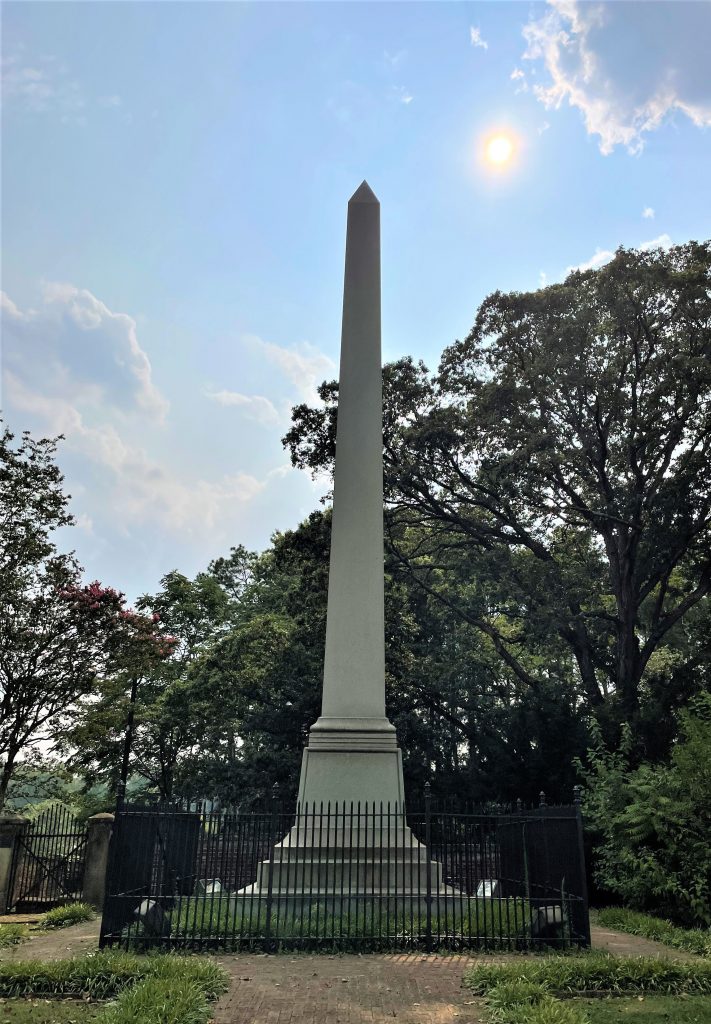

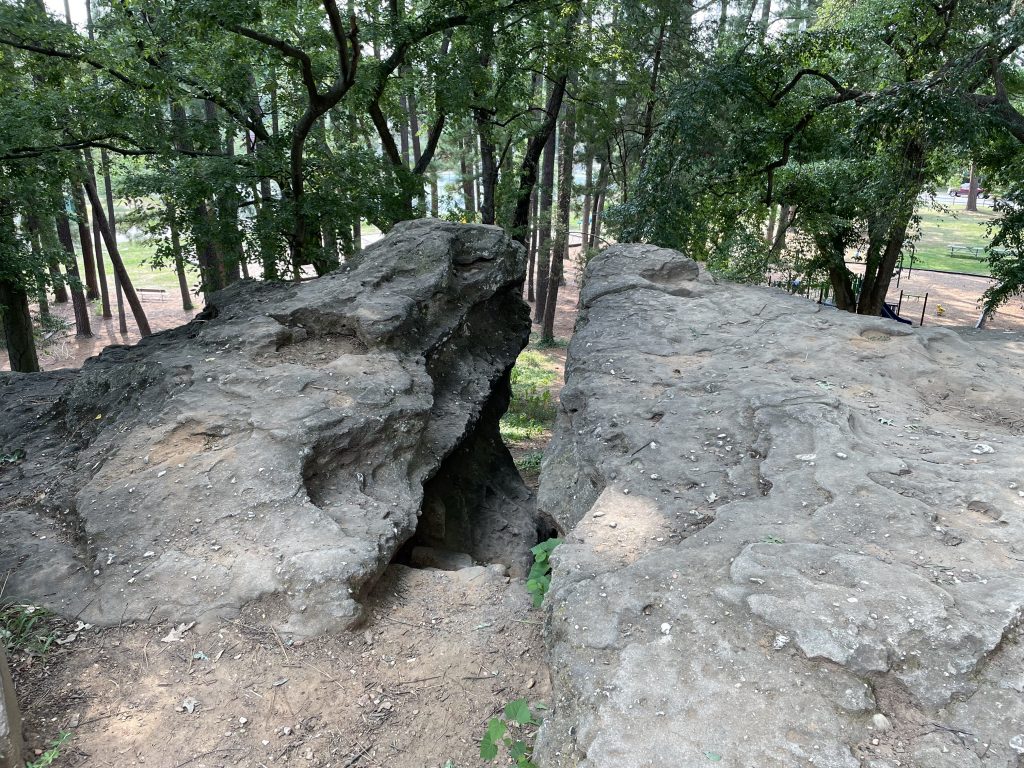
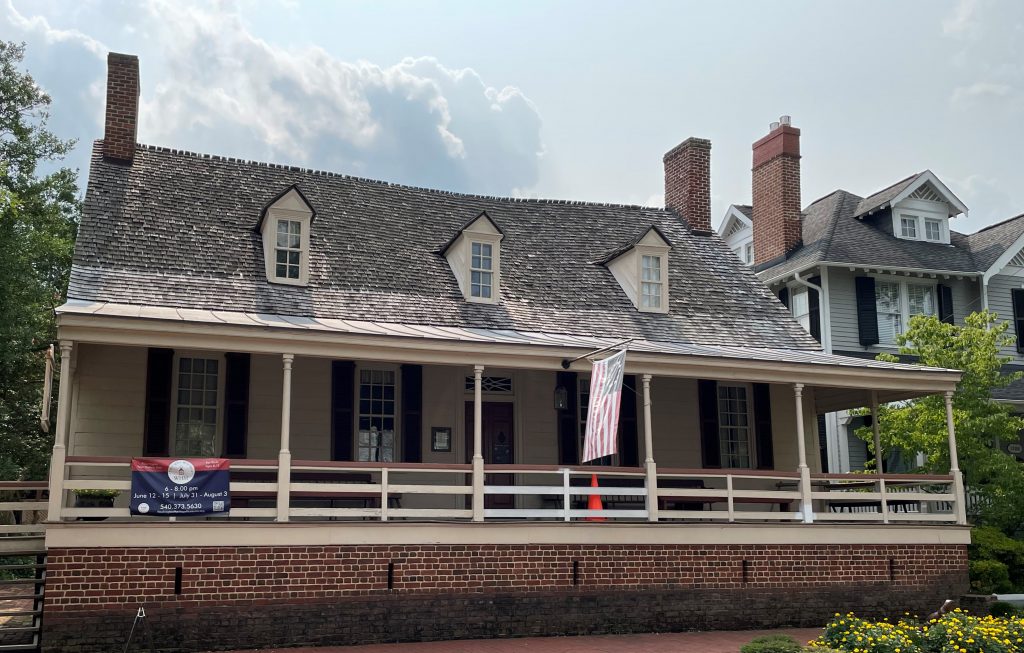
Rising Sun Tavern
And finally, one can tour the Rising Sun Tavern, built in 1760 by Mary’s youngest son (George’s youngest sibling), Charles.
It became a tavern in 1792, years after it had been sold out of the family. We were not especially interested in touring this (it’s no longer serving alcohol), but we walked by it, nonetheless.




